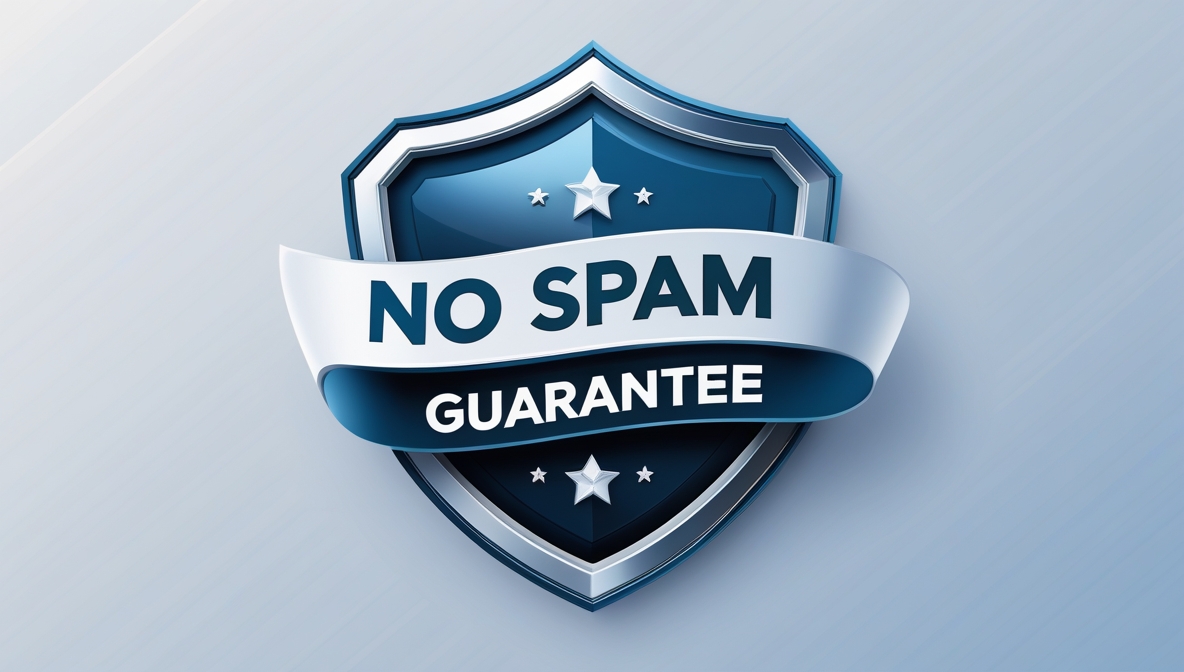CIO Guidance
Most IT strategies are well-intentioned but fall short of delivering measurable business impact. The challenge is not a lack of vision, but the absence of a structured, enterprise-wide approach that connects IT capability with organizational goals. For CIOs tasked with driving transformation, this disconnect makes it difficult to evaluate readiness, prioritize investments, or execute initiatives in a coordinated and scalable way.
Enterprise technology environments are complex. They span multiple business units, touch nearly every function, and are impacted by internal drivers (like growth targets and cost constraints) as well as external forces (including market disruption, evolving regulations, and sustainability demands). Today’s CIO must integrate cloud computing, cybersecurity, AI, and automation—not in isolation, but as interdependent components of a value-aligned ecosystem. These evolving demands require a holistic approach to strategy that connects business goals with technology capabilities through a continuous feedback loop of planning, prioritization, and execution.
Despite this need, most enterprise IT strategies remain fragmented. Technology initiatives are often developed in silos, separated from core business objectives or strategic KPIs. Strategic frameworks—when they exist—tend to focus either on infrastructure or vision, but rarely bridge both ends of the spectrum. As a result, CIOs face uncertainty when allocating resources, struggle to communicate the strategic value of IT to business stakeholders, and operate reactively instead of proactively.
The lack of an integrated, maturity-aware strategy creates compounding challenges. Without a clear understanding of current capabilities, organizations overinvest in innovation they’re not ready for or underinvest in foundational areas that need urgent attention. Disconnected systems and processes hinder agility. Digital transformation efforts stall because initiatives fail to scale, integrate, or deliver measurable results. Worse, CIOs often lack a shared language to align IT with non-technical stakeholders, further widening the strategy-execution gap.
This detailed enterprise IT strategy guide addresses this by presenting a pragmatic framework built around two core structures: a five-level maturity model and a six-dimension strategy framework. The maturity model enables organizations to assess their current strategic posture—ranging from Initial to Innovative—across dimensions like operational excellence, technology infrastructure, customer engagement, change management, sustainability, and strategic alignment. These dimensions are not abstract: each is defined by thematic areas, prompts, and real-world use cases, ranging from cloud resilience and predictive analytics to risk mitigation and ESG compliance. Visual tools, such as color-coded assessment scales, help prioritize initiatives and develop a transformation roadmap based on real organizational readiness—not aspiration alone.
This guide on enterprise IT strategy is grounded in practical, field-tested methods used across a wide range of industries, and reflects the needs of today’s digital enterprise: agility, alignment, accountability, and the ability to adapt.
Main Contents
- Five-Level IT Strategy Maturity Model: A structured progression framework that helps organizations assess their current state and define their desired level of IT maturity, from foundational to innovative.
- Six-Dimension Strategic Framework: A comprehensive model covering Strategic Alignment, Operational Excellence, Technology & Infrastructure, Customer & Market Engagement, Transformation & Change Management, and Sustainable & Responsible IT.
- Assessment and Diagnostic Tools: Reflective prompts, evaluation criteria, and visual maturity indicators (including a color-coded scale) to identify capability gaps and prioritize focus areas.
- Use Case Catalog for Emerging Technologies: A wide range of real-world examples showing how technologies like AI, cloud, RPA, and quantum computing can be aligned with enterprise priorities and applied across functions.
- Roadmap Development Methodology: A practical, adaptable approach for building and sequencing IT strategy initiatives, aligned with organizational readiness, business goals, and external forces.
Key Takeaways
- IT strategy must be integrated across the enterprise to deliver lasting value, not developed in isolation from business objectives.
- A maturity-based model enables CIOs to benchmark where they are, plan where they need to go, and execute in logical, scalable steps.
- Transformation success depends on the alignment of people, process, technology, and governance—not on technology investment alone.
- The framework allows CIOs to move from reactive decision-making to proactive leadership, supported by structured planning tools.
- This guide provides a repeatable, organization-wide methodology for aligning IT with business strategy and accelerating measurable progress.
This enterprise IT strategy guide is a leadership tool that helps CIOs and IT leaders drive clarity, consistency, and measurable progress across the enterprise.
- Benchmark current IT capabilities: CIOs can use the maturity model to assess the organization’s current strategic posture, identifying which areas are lagging and which are ready for advancement.
- Align IT with business priorities: The six-dimension framework helps map IT initiatives directly to enterprise goals, ensuring that technology supports outcomes in finance, customer engagement, sustainability, and innovation.
- Prioritize technology investments: With structured criteria and color-coded assessments, leaders can focus resources on the most impactful initiatives—avoiding scattershot investments that fail to scale or integrate.
- Translate transformation into actionable steps: The guide breaks down high-level goals into discrete, maturity-aligned activities, giving teams a clear, sequenced path from vision to execution.
- Facilitate stakeholder engagement and governance: By providing a shared language and structured framework, CIOs can collaborate more effectively with business units, build consensus, and establish clear governance mechanisms.
CIOs will find it especially valuable for aligning IT with corporate strategy, building cross-functional partnerships, and sequencing complex transformations into manageable, measurable steps. For organizations serious about operationalizing their strategic vision and future-proofing their technology investment, this guide offers not just insight—but a path forward.


